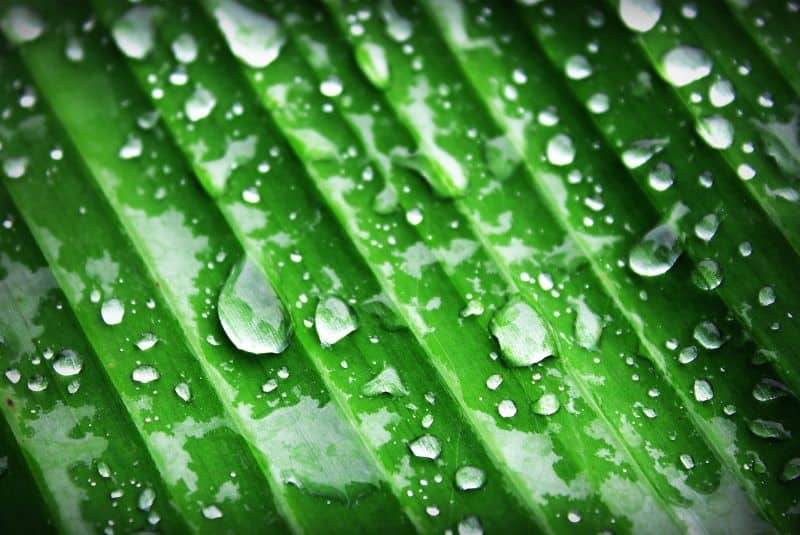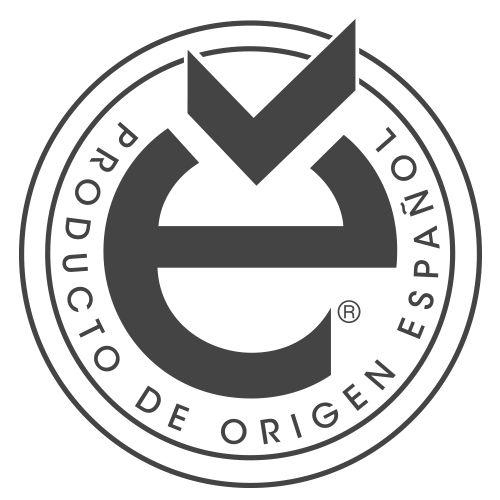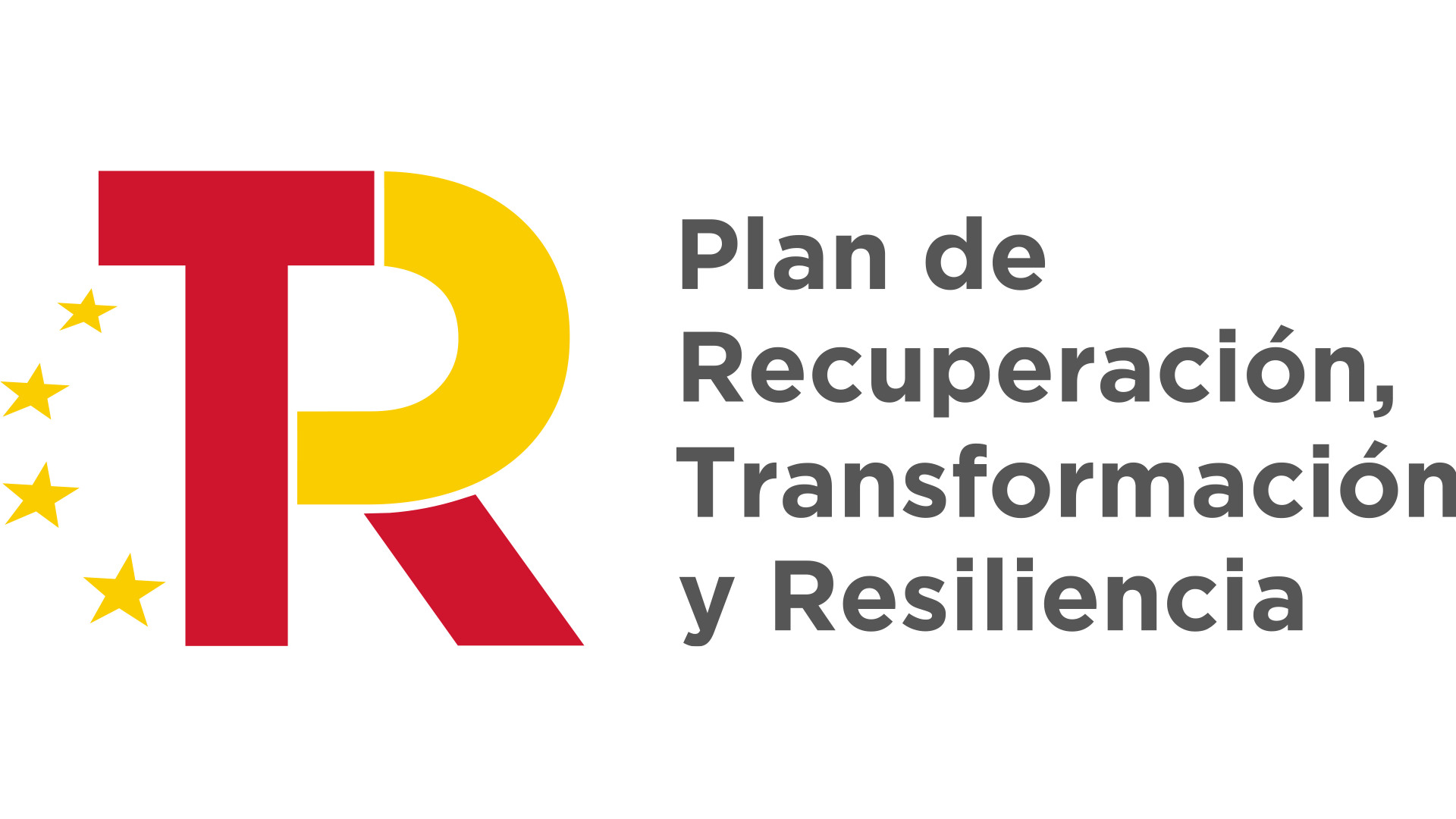Photocatalytic or decontaminating materials
The search for solutions to reduce pollution has led to the development of photocatalytic materials whose added value is to clean the air of particles harmful to health and the environment.
What are photocatalytic materials?
Photocatalytic materials are also known as decontaminating materials. They are all those that contain a catalyst or accelerant that allows photocatalysis to occur.
As we explained in a previous post, photocatalysis is a chemical reaction that breaks down environmental substances into simpler elements and subsequently removes pollutants from the environment.
This chemical reaction is produced by the effect of sunlight or a source of ultraviolet radiation which, when in contact with the photocatalyst, accelerates the decomposition of the substances in the air into simpler elements and thus reduces their hazardousness.
Composition of photocatalytic materials
Regardless of the type of photocatalytic material, they all have a common element in their composition, the photocatalyst. For these materials to have the ability to clean the air of harmful substances, it is necessary that they contain this accelerant that acts through the effects of light or radiation.
This photocatalyst is responsible for accelerating the process of “artificial photosynthesis” by which compounds in the air are oxidized and reduced, giving rise to simpler and less polluting chemical substances. These include water and CO2.
The most commonly used photocatalyst to generate photocatalytic materials is titanium dioxide (TIO2) which is mixed or added to the material to obtain the decontaminating properties.
Titanium dioxide is a chemical compound that is easily found in nature and is not harmful to health.
Photocatalysis is capable of removing harmful substances and pollutants from the air. Mainly: NOx (Nitrogen Oxide), SOx (Sulfur Oxide), VOCs (volatile organic compounds), PM 2.5, PM 10, CO (Carbon Monoxide), methyl mercaptan, formaldehyde, chlorinated organic compounds and polyaromatic compounds.
Variety of photocatalytic materials for the construction industry
There is a wide variety of photocatalytic materials. Many of them are used in construction, industry, healthcare, recycling… Some of them are listed below.
Decontaminating pavements
Many companies manufacture floorings with titanium dioxide integrated in their composition.
Both indoor and outdoor floorings containing this photocatalyst are capable by themselves, and with the help of a UV light source, of cleaning the ambient and surface air.
By generating the photocatalytic process, the pavements achieve that air pollutants are cleaned and pollution is reduced. This results in cleaner and more environmentally sustainable homes and buildings.
There is a wide variety of photocatalytic pavements, as summarized in the White Paper prepared by the Iberian Photocatalysis Association. Among the most widely used are:
- Percolated photocatalytic pavements.
- Those treated with photocatalytic emulsions.
- Photocatalytic pavements based on paints.
- Prefabricated photocatalytic hydraulic paving tiles or pavers.
- Prefabricated photocatalytic ceramic pavements
Photocatalytic paints
Photocatalytic paints are one of the most widely used materials to ensure that any surface or element has the capacity to decontaminate the environment. They are very easy to apply on any element: floors, facades, furniture, structures.
There are different types of these paints with different capabilities and added values.
Silicate-based mineral paints
These types of photocatalytic materials have three major benefits: they are decontaminating, self-cleaning and dry very quickly.
Lime-based mineral paints
This type of paints can include other materials and particles that improve and increase their functionality. In addition to decontaminating the environment, lime-based mineral photocatalytic paints have anti-bacterial properties and eliminate and prevent the appearance of mold and mildew.
Indoor
To paint and color efficiently and with great results, we find interior paints composed of pigments and photocatalysts that guarantee fast drying and decontamination, antibacterial and self-cleaning capabilities. Thanks to the presence of artificial radiation sources.
These paints do not require primers or fixatives and can be applied over conventional acrylic paints, as described in publications by photocatalyst experts.
Facade envelopes and cladding
More and more new buildings are opting for envelope materials and façade cladding with decontaminating capacity. All this without sacrificing aesthetics and quality finishes.
Facade coatings with photocatalytic ceramics
Among the most widely used, as noted in the White Paper, are facade coatings with photocatalytic ceramics. These are ceramic plates containing titanium dioxide that, when exposed to ultraviolet light, produce a chemical reaction, eliminating pollutants and harmful substances such as nitric acid, which is one of the causes of acid rain.
Waterproofing roofs
Within the chapter on building envelopes and coatings and structures we find other materials with photocatalytic capacity. One of the most widely used today are waterproofing roofs that combine their capacity to prevent deterioration of terraces, rooftops, etc., while at the same time waterproofing homes and cleaning the air.
Cladding with vitrified steel panels
This type of roofing for buildings combines the benefits of strength, durability and consistency of steel with the decontaminating effects of the photocatalyst.
This means, as the Iberian Photocatalysis Association points out, that they have great functionalities. Among them: the architecture of exterior cladding, interior murals, facades, tunnel cladding, clinics, operating rooms or public transport stations, among others.
Photocatalyst materials with various uses
Exploring uses other than construction, we also find a wide variety of photocatalytic materials.
Industries and manufacturers in various sectors are beginning to explore new products that can decontaminate and purify environments and surfaces. For example, the textile and furniture industries have begun to bet on the launching of this type of technologies that add value.
A promising and sustainable future
Ongoing research in the field of photocatalysis suggests that new materials with this capability will be developed in the not too distant future.
Main applications of photocatalytic materials
So far, we have focused on the ability of photocatalytic materials to decontaminate the environment. However, there are many other advantages of opting for this type of compounds. Here are some of them.
Water treatment
Photocatalysis not only purifies the air, removing pollutants from the environment. This chemical reaction can also be used to purify and eliminate toxins from wastewater and aquifers. In this way, the flow of drinking water, suitable for human consumption, is increased.
Scientific studies and analyses have shown that by means of photocatalysis of water, the disappearance of microorganisms such as mold, algae and fungi is achieved. And its purifying effect lasts over time.
Sterilization and virus elimination
Existing scientific studies have also demonstrated the efficiency of photocatalytic materials as substances capable of eliminating viruses, bacteria and microorganisms. So they offer not only environmental advantages, but also health benefits.
Titanium dioxide by the effects of sunlight can kill up to 99% of currently known viruses and bacteria, including the different variants of influenza.
Self-cleaning and anti-odor
Surfaces with this photocatalytic capacity stand out because they are capable of self-cleaning, in part, by themselves, which favors the disappearance of bad odors and harmful substances.
As explained in the Photocatalysis White Paper: “TiO2 is capable of oxidative removal of a wide variety of organic and inorganic compounds, and this also applies to substances present on surfaces forming stains”.
In addition, the titanium dioxide photocatalyst is characterized by its antistatic properties. Thus, it prevents dust from adhering and becoming embedded in the surfaces containing it. It is not only self-cleaning, but also prevents soiling and staining.
Energy source
There are several research and scientific papers that focus on the ability of photocatalysis to generate sustainable fuels. Substances generated during this process include carbon dioxide and water, as well as biomass. These elements can be used as more sustainable energy sources that do not pose a threat to the planet.
Cost-benefit ratio
Betting on photocatalytic materials is an investment for the future. It is not only beneficial for the environment, but also for the health and sustainability of living beings, including the human species.
The cost of photocatalytic materials is somewhat higher than products that do not include the photocatalyst titanium dioxide. What makes the cost more expensive are the processes that manage to include this substance in any product.
However, considering the cost-benefit ratio, the investment is undoubtedly beneficial.
It is logical to think that as the manufacture and use of these decontaminating materials is encouraged, their cost will be reduced. By the simple fact of the Law of Supply and Demand. The greater the supply, the lower the cost, as long as the demand is not higher.



















